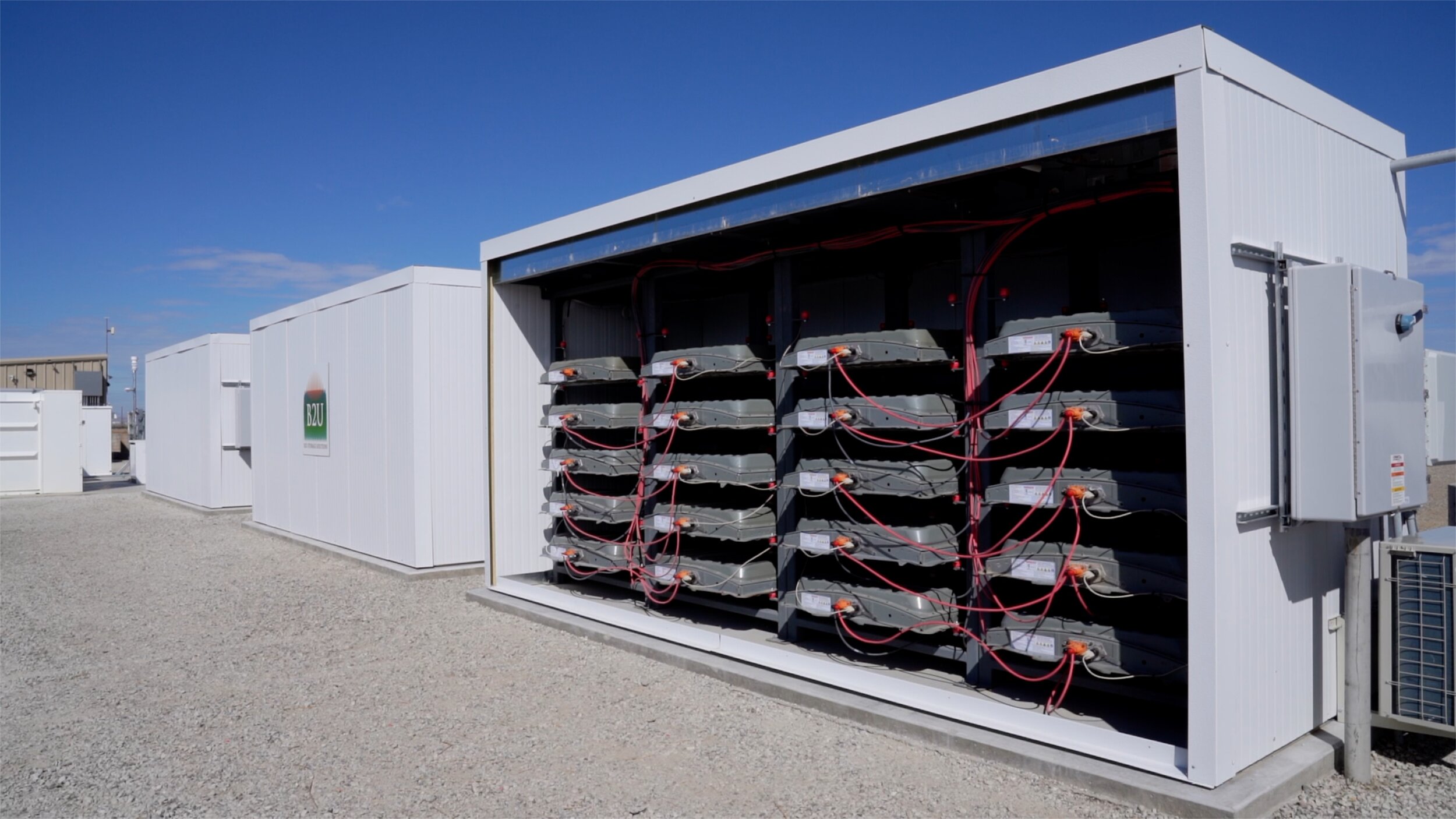This Southern California solar farm is using retired EV batteries for storing the power and then send to the grid when needed. This way the retired batteries can extend their usefulness for several…::A Southern California company is showing how repurposing EV batteries for stationary storage can extend their usefulness for several years.



The way lithium batteries work, they wear out less if you only discharge and charge them slightly. So a battery that is charged to 60%, discharged to 40%, and repeated like that will keep most of its capacity even after years of prolonged use. On the other hand, charging a battery quickly, until it is full, or discharging it until it is nearly empty will reduce its capacity over time.
A Tesla Model 3 has a battery capacity of at least 50 kWh. Even if it has lost half of its capacity, the 20% capacity difference between 60% and 40% charge, or more realistically, the 50% difference between 75% and 25%, still represents 12.5 kWh of capacity. Suppose you had an array of 1,000 such batteries. That would represent 12.5 MWh of storage capacity, enough to power ten thousand homes (at 1.2 kW each) for an hour. Certainly nothing to sneeze at.
This flies in the face of everything I thought I knew about charging my phone & laptop
If you have an android there should be a “protect battery” mode that literally caps the charge at 85%
I honestly thought once it got to 100% it stayed mains powered until unplugged to stop overcharging. Never realised 85% was optimal.
The voltage of a Lipo corresponds to it’s charge level. So a Lipo at 4.2V (or in case of high voltage Lipos 4.35V) is full.
Up to ~80% of the charge, the lipo is charged by current limiting (basically, the voltage of the charging circuit raises so that it stays so much above the cell battery that it’s charging at a set current). This is the fast charging part of the charging process.
After the charging voltage reaches the maximum allowed cell voltage (4.2V/4.35V), the charging circuit cannot go above that voltage because it would risk overcharging and blowing up the cell. So the carging circuit holds the voltage at maximum level until the cell voltage catches up. Since the voltage difference shrinks with every bit of charge on the cell, so does the charging speed.
That’s why you only see “Charges the phone from 0-80% in X minutes” in the ads, and not 0-100%.
This means, that the charger in incapable of overcharging the phone.
But keeping the charger running even though it doesn’t charge the phone anymore wastes energy, so what they do once you reach 100% is that it will disable the charger until the voltage is down to 95%, when it will resume charging. That’s why it’s quite likely if you unplug the phone after charging overnight, that the battery is not at 100%, but slightly below.
The old rules applied to nickel batteries or whatever the last gen was called.
NiCd was the one with the bad memory effect that required full charging cycles. They where also really toxic which is why they are illegal in many countries now.
NiMh hardly had any memory effect left, but would degrade comparatively quickly.
Li-Ion/Li-Po is what we currently have. They don’t like to be full or empty for long times and like shallow charging cycles.